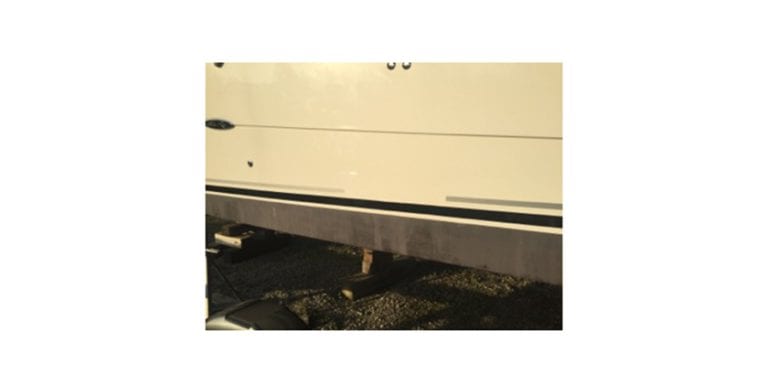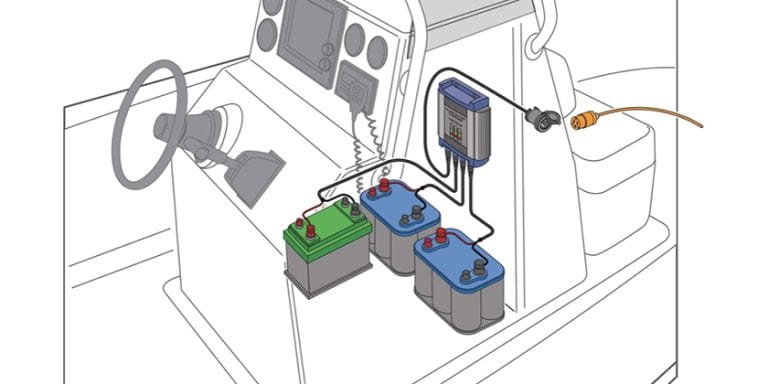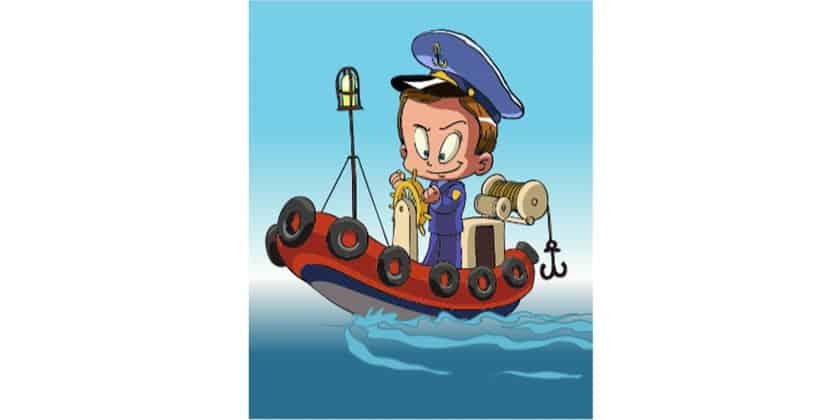Ask Andrew – Winterization
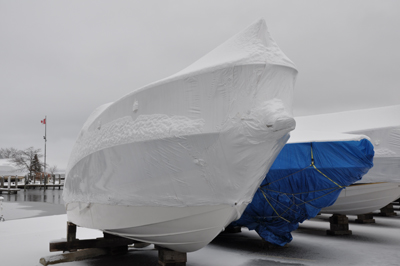
‘Winterization’ is a broad term used to prepare an engine for extended storage – specifically through the winter season (when temperatures drop below the freezing point).
There are two main purposes for proper winterization: First, to protect the engine from freezing damage; second, to prepare the engine to be re-started easily after a lay-up.
Whether gas, diesel, inboard, outboard or stern-drive, it’s important to understand the ‘how’ and the ‘why’ of winterizing procedures so that each engine you encounter can be winterized properly.
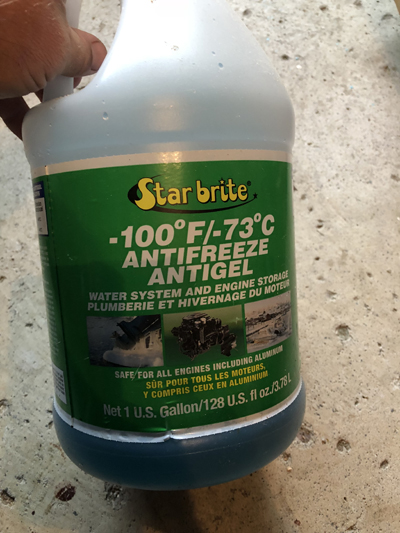 Engine antifreeze, rated to -100 degrees
Engine antifreeze, rated to -100 degrees
To start, let’s talk about some of the ill effects of not winterizing – why is it so important and why do we invest time and money in it?
• Water left trapped in the engine can freeze, expand, and cause cracking in the internal passages, or the engine block itself.
• Fuel can break down and degrade, causing breakdown in fuel lines, gumming up passages in carburetors and injectors.
• Pistons, within cylinders, can become seized.
• Coolant can become diluted, causing corrosion in the internal passages.
• Batteries can lose charge, expand, and crack.
• Contaminated and dirty oil and filters can block passages and make starting difficult.
All-in-all: A hefty repair bill.
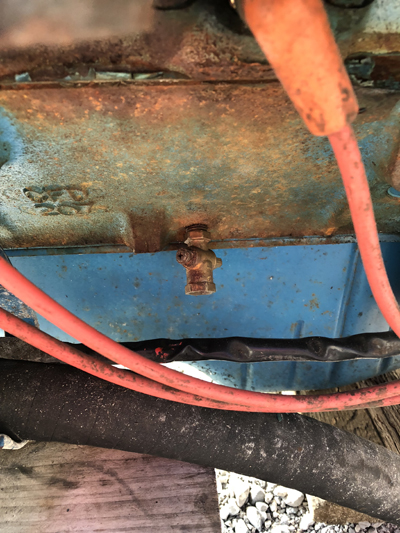
Each part of the engine has its own winterization needs. If you’re hiring a marine technician or marina to complete the work, check to make sure that each of these areas are specifically addressed:
Oil: As engine oil moves through a running engine, it picks up contaminants (dirt, particles, etc.) and turns thick and dark with age. Before lay-up, it’s important to complete an oil change so that fresh oil, with a fresh oil filter, is available upon start-up.
Cooling water: Fresh water, picked up from the lake/sea around the boat, is drawn into the boat by a water pump. This water is used to cool the engine and is dumped overboard with the exhaust. This water must be drained and displaced by antifreeze.
Internal coolant: If your engine is equipped with a heat exchanger, the coolant should be tested for strength (coolant can become watered down over time, losing its ability to cool the engine effectively). If it has lost its strength, the coolant should be drained and replaced.
Fuel system: Fuel filters and fuel lines should be drained, removing the current year’s fuel. Fuel should be stabilized to prevent breakdown and to retain its ability to fire when starting after lay-up.
Corrosion and fogging: The carburetor should be fogged and an anti-corrosion film sprayed on the external parts of the engine and moving parts (cables and levers) lubricated.
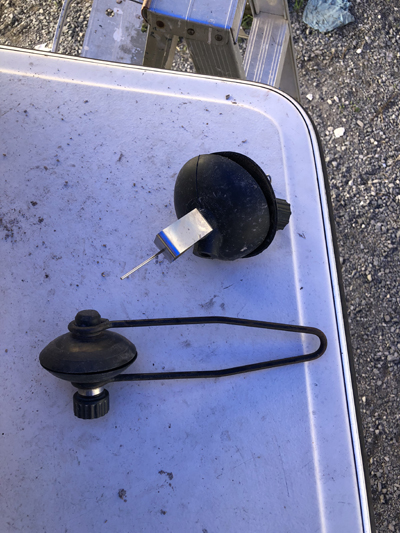 Batteries: Batteries should be left fully charged when being stored. When the battery is at low charge, the internal composition is mostly water. When the battery is at high charge, the internal composition is mostly sulfuric acid. Water freezes, but acid doesn’t. Before an extended lay-up, the battery should be left fully charged in order to prevent freezing and to leave it in a state to power-up in the spring.
Batteries: Batteries should be left fully charged when being stored. When the battery is at low charge, the internal composition is mostly water. When the battery is at high charge, the internal composition is mostly sulfuric acid. Water freezes, but acid doesn’t. Before an extended lay-up, the battery should be left fully charged in order to prevent freezing and to leave it in a state to power-up in the spring.
Now that we understand the ‘why’ and the ‘what’, it’s important to understand ‘how’. It takes a bit of planning to get the steps done in the right order, at the right time, and with the right materials. Here is a step-by-step procedure that will allow you to address each system if you’re completing the work on your own:
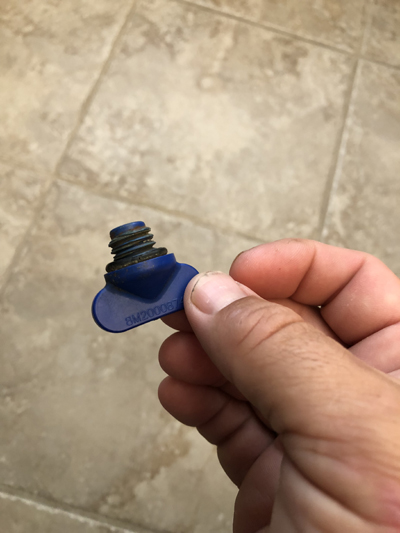
1) Before the boat is taken out of the water, check the level in the fuel tank and determine the quantity of fuel stabilizer (or biocide, in the case of diesel engines) necessary to add to the fuel tank. Add the correct amount of stabilizer/biocide to the tank.
2) Drain the water separating the fuel filter and change any particulate fuel filters. In the case of a diesel engine, air will need to be bled from the fuel system. By doing this, any time the engine is run in subsequent steps it will run on clean, stabilized fuel.
3) Perform an in-water oil change.
4) Once the boat is out of the water: Drain water from the engine by removing the drain plugs. At minimum, the engine block and exhaust manifolds will have drain plugs. More modern engines will have additional drains at the power steering cooler, thermostat housing, heat exchanger, and water pump housing. If equipped with a muffler or wet-exhaust system, this will need to be drained as well. Once drained, replace the drain plugs.
5) Choose the appropriate antifreeze – not all are created equal. Two types are widely available: Ethylene glycol, which is used as a coolant in the closed coolant system, if present, and propylene glycol, which is the type that should be used for extended storage in the fresh-water cooling system. Try to choose an antifreeze with corrosion inhibitors, and rated appropriately for temperature.
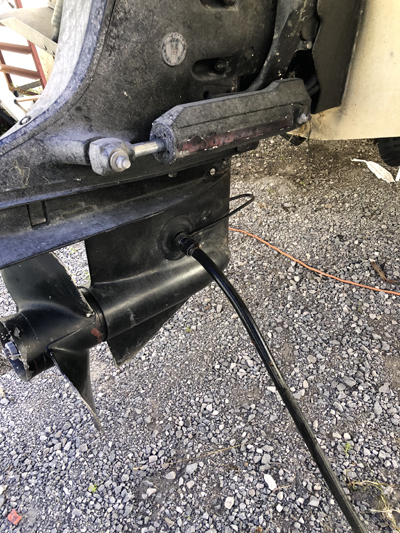 A note on temperature rating: the antifreeze that is run through the engine will absorb and displace any water left in the cooling passages. This means that the antifreeze will be diluted as it exits the boat. The antifreeze at the exhaust should be tested for strength with a refractometer, which will give a precise temperature rating, after being diluted. A bottle of antifreeze that is rated at -50 degrees may only be effective to -20 degrees once diluted.
A note on temperature rating: the antifreeze that is run through the engine will absorb and displace any water left in the cooling passages. This means that the antifreeze will be diluted as it exits the boat. The antifreeze at the exhaust should be tested for strength with a refractometer, which will give a precise temperature rating, after being diluted. A bottle of antifreeze that is rated at -50 degrees may only be effective to -20 degrees once diluted.
6) Test the coolant in the heat exchanger, if equipped. Measure its strength and drain/replace if it is not adequate.
7) Run antifreeze through the open/fresh-water cooling system of the engine:
a. On inboard engines: Remove the hose from the seacock that draws seawater into the boat, through the movement of the fresh water pump. Pour antifreeze into a clean bucket, and set up the hose in the bucket. At the aft end of the boat, set up a bucket or container to collect the water and antifreeze that exits through the exhaust. Start the engine and monitor the movement of the antifreeze from the water pump through to exhaust. Continue running the engine until it appears that pure antifreeze is exiting through the exhaust. Take a measurement of the antifreeze using a refractometer at the exhaust. If the strength isn’t sufficient for your winter climate, run more antifreeze through the engine and re-test until it is in range.
b. On stern-drive units with an engine-mounted water pump (OMC, Volvo and Bravo style stern-drives): Remove the intake hose from the engine-mounted water pump. Run a suitable hose from the water pump to a bucket full of antifreeze, as in step (a).
c. On stern-drive units with a drive-mounted water pump (OMC and Alpha style stern-drives): Attach a set of muffs to the stern drive pick-up. Use a manual pressure pump to pump antifreeze to the drive pick-up and start the engine. Complete the process as in step (a).
 8) Before shutting the engine off, spray fogging oil into the carburetor intake. Continue spraying until the carburetor is unable to draw air, and the engine shuts down. This will leave a quantity of oil in the carburetor, and in each engine cylinder, preventing internal corrosion and seizing of moving parts.
8) Before shutting the engine off, spray fogging oil into the carburetor intake. Continue spraying until the carburetor is unable to draw air, and the engine shuts down. This will leave a quantity of oil in the carburetor, and in each engine cylinder, preventing internal corrosion and seizing of moving parts.
9) Charge the battery (preventing freezing damage), and disconnect cables from the negative battery post. This prevents the battery from discharging over the winter and will ensure that it’s ready for action in the spring. (I recommend using a cable tie to keep the cables together when they are removed – this ensures that none are missed when reconnecting.)
If in doubt on process, consult your engine’s service manual (which will have detailed winterization instructions), or speak with your local marina either to confirm that you’re on the right track or to have them perform the work for you. Winterizing your engine is a great way to get to learn your boat’s set-up and to stay ‘hands-on’ with your maintenance, but should also be done thoroughly without cutting corners in the materials used and the labour needed to do it right.

